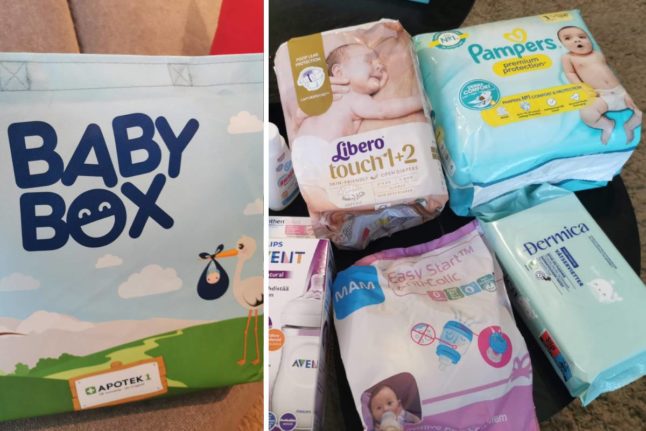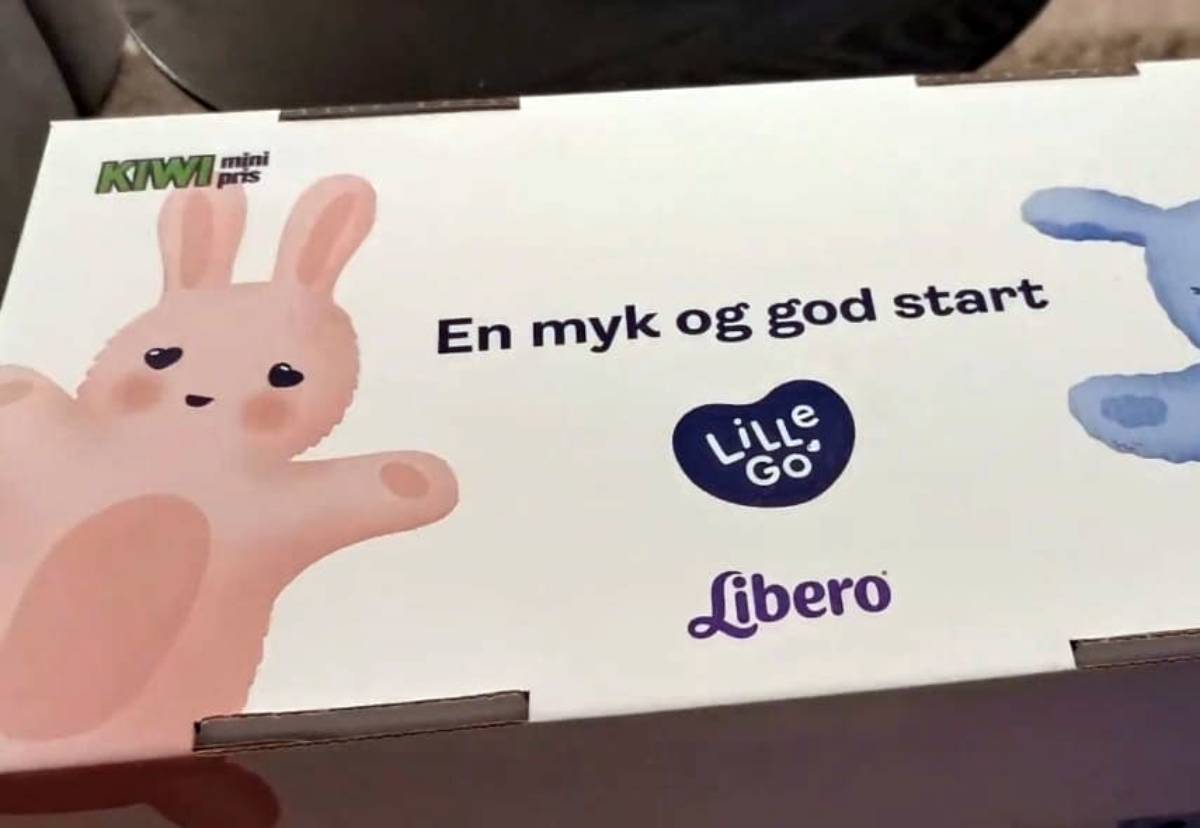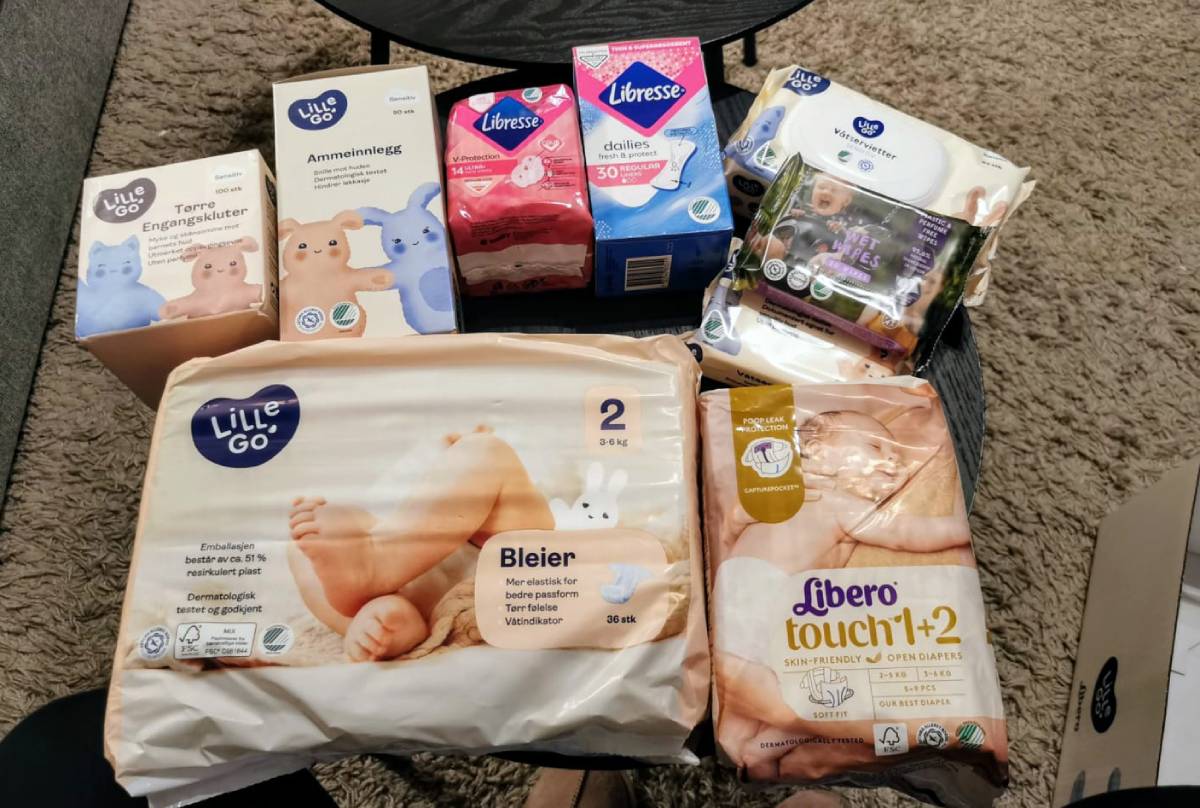What does barnehage mean?
Barnehage is a compound word, barn, which means “child”. And hage, which directly translated means, “garden”. In English, barnehage translates to “kindergarten”, or “preschool” or “daycare”, and stems from the German word, kindergarten.
How popular is it for children to attend barnehage?
In Norway, there are 5,620 preschools throughout the country. And nearly 93 percent of children from the ages of one to five attend one.
While it is a popular choice to send your child to barnehage, this is a relatively new trend in Norway’s history. It wasn’t until the 1980s when every municipality in Norway had one or more preschools. And during that time, only five percent of the children who applied were admitted, and children with single mothers were often the most prioritised. However, the demand for childcare grew in the 1990s when it became more common for households to have both parents earning an income.
Who runs barnehage?
Jurisdiction and control over where the preschools are and how they are run come from the national government. This is to ensure that every child in Norway receives the same standard of care no matter where they live. The Ministry of Education and Research, the Directorate of Education, the County Governor, the municipality, and the kindergarten owner are responsible for the kindergarten’s well-being and daily function.
It is possible to work in a preschool without higher education. However, most municipalities require a certain percentage of barnehage employees to have the correct degree.
To be a preschool teacher, you must complete a three-year programme that qualifies as a bachelor’s degree in elementary education. And to be a pedagogical leader in the classroom, you must apply for an extra 60 study points of further education in certain subjects.
All preschools are required to fulfil a particular employee to child ratio. For younger children, it is one employee to every three enrolled children under the age of three. Over the age of three, it is required to have one employee for every six children enrolled.
To work in a barnehage, even as a substitute, you need to undergo a politiattest or a “background check” conducted by the local authorities.
How much does it cost to send your child to barnehage?
Depending on which barnehage your child attends, you pay a set monthly price. However, the government has set a maximum price. As of January 1st, 2021, the maximum price parents or caregivers can pay for preschool spots is 3, 230 kroner a month. Whether the preschool is public or privately run, they must abide by this rule and not charge over the max price.
Some preschools provide breakfast and lunch, which costs extra. And if you have more than one child attending the same preschool, there is often a reduction in the total monthly price. And if you fall into the bracket of “low-income family”, then there is a national scheme in place to offer your children a preschool space at a reduced cost.
The different types of barnehage in Norway
Yes, the preschools in this country run under both national and local frameworks to ensure equal childcare for all. But there are different types of barnehage you can choose from, which include:
Halvdagsbarnehage: Or “half-day preschool” which is only open between four to six hours a day, five days a week.
Naturbarnehage eller friluftsbarnehage: These are preschools that are based on conducting their learning and childcare outside for large parts of the day. Rain or shine. Bitter cold days in December or windy days in the spring. The four seasons in Norway are not a reason to go inside if you choose to send your children to a friluftsbarnehage, or “open-air preschool”.
Familiebarnehage: Or “family preschool”, which is most often set up in a private home. However, all family preschools are required to have assistance from an educated preschool teacher.
Åpen barnehage: Or “open preschool”, which is an establishment set up where parents can attend the daycare with their children. It’s often used by parents who are home with their children during the day and want to socialise with other parents and give their children a chance to play with others. There is no monthly payment attached to this type of preschool. Open preschool can be free of cost or charge a very affordable drop-in price.
Useful vocabulary and facts
Nearly 90 percent of preschool teachers in Norway are female.
The barnehage is a central part of many communities. Both in small towns and large cities. It is common for most preschools in Norway to host a dugnad (usually during the autumn and spring). Dugnads encourage parents and caregivers to help with the maintenance of the preschool. Typical tasks include cleaning common areas indoors, painting the preschool’s fences, and raking leaves.
Norwegian expression of the day: Dugnad
Barnehage tante or “preschool aunt” is an outdated term sometimes still used to describe employees who work in a preschool. Even if you have heard others using the term, try and refrain from doing so yourself. Many who work in a preschool find it to be both belittling and outdated.
Omsorg – care
Sove-tid – nap time
Åpningstider/stengetider – opening times/closing times





 Please whitelist us to continue reading.
Please whitelist us to continue reading.
Member comments